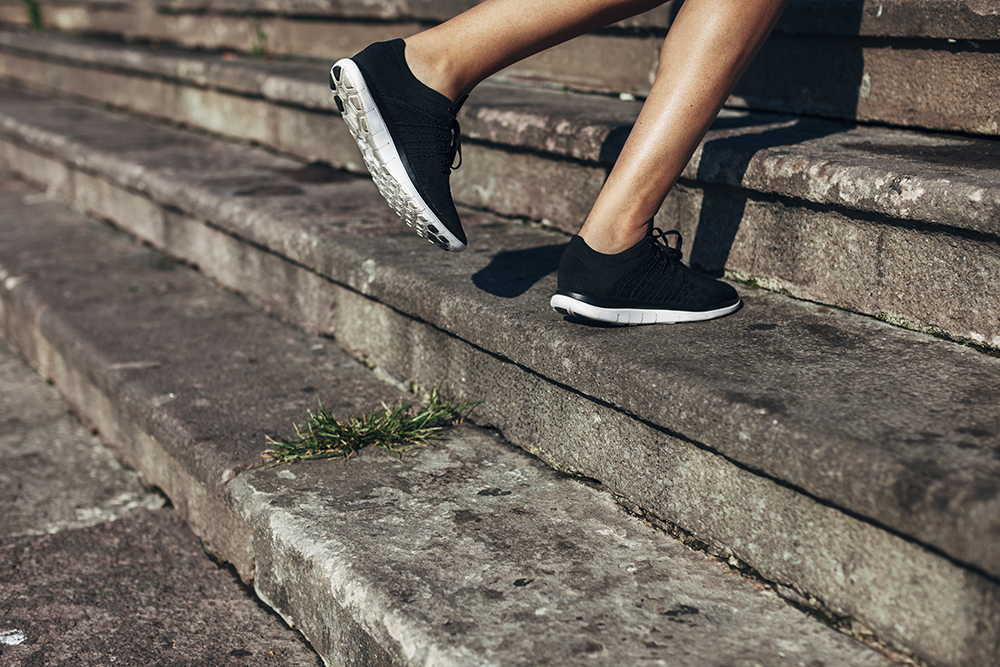Positive Fitness: Want to be a good runner?
Each month, Amerley Ollennu tests the latest fitness trends, delving into the psychology of exercise to give you the tools to get and stay fit. In the last piece in the series she's looking at running

Rightly or wrongly, for me, being able to run has always been my marker for how fit I am. So, now and again, I get the urge to add it in to my weekly workouts. I trained for a 10k last year and enjoyed the goal-setting element of running a race, but found it hard to keep up with the regime, preferring weight-training and circuit-style workouts. Yet, I still yearn to be a good runner.
Ready, set, go!
First things first. ‘Before you start training, get your gait assessed,’ says Virgin Active personal trainer Mark Kokoszka.
Your running gait is the way in which you run. If it’s misaligned, this can wear your trainers down unevenly and put extra stress on your legs. ‘Gait analysis can determine whether orthotics would be beneficial to you or if you simply need to buy better trainers. It can also identify running abnormalities,’ he adds.
Kokoszka advised me to always look ahead, whether running on land or on a treadmill, and try to land mid-foot. ‘Landing on your toes can tighten your calves, while landing on your heels often indicates that you’re over-striding and
can affect the shins, knees and hips.’
In our sessions, Kokoszka noticed that I tend to lean forward when I run. This is not uncommon, but can cut your ability to run long distances in half, as fatigue tends to set in a lot sooner if your back isn’t straight and your shoulders aren’t level. Breathing is another important factor when running, as strengthening your diaphragm and breathing more deeply will improve your running.
‘Use your mouth to breathe in and your nose to breathe out, as your mouth is able to take in more oxygen,’ says Kokoszka. Matching inhales and exhales with your strides helps strengthen your diaphragm long-term, so Kokoszka taught me to breathe in while I stepped left then right, then breathe out when stepping left and right again. Once you master that, you can make the sequence longer.
I had the breathing down pat, my gait was also better thanks to Kokoszka – all that was left now was to work out what running style suited me best. I prefer interval training – short segments of fast running, with slow jogging or standing recovery periods. However, if you want to train for a long-distance race, it’s best to practice all running styles.
One month on
I used to rely on cycling sprints as the cardio element of my weight-training circuits. Now I mix it up and do interval training on the treadmill instead. It’s surprising how my ability to run has improved so quickly and, these days, running for the bus is a breeze.
For more information, go to virginactive.co.uk
Photograph: Corbis









